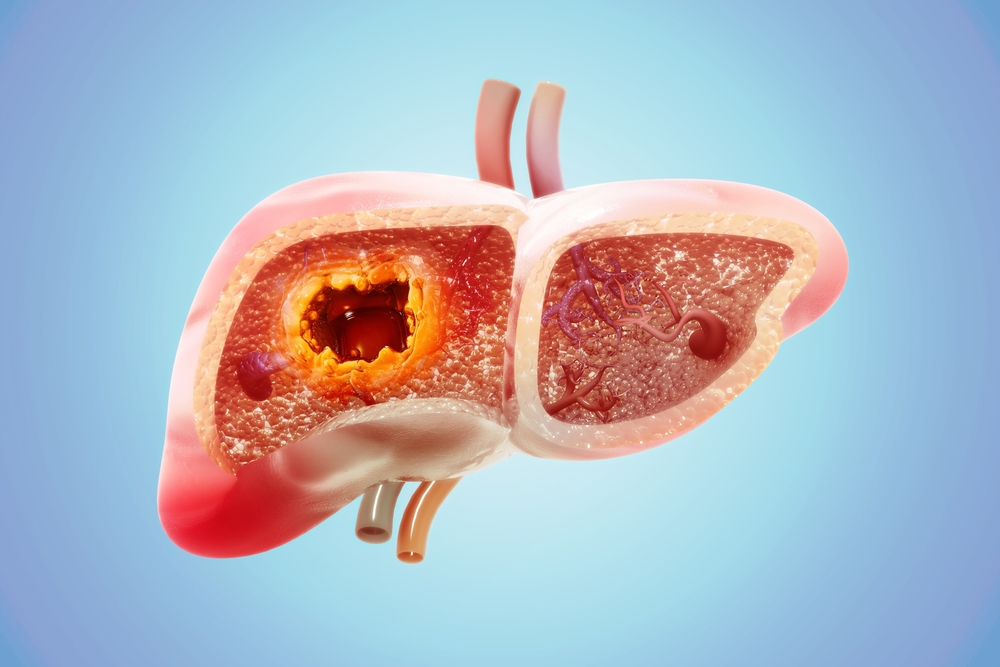This is the ninth blog in a new series discussing pathologies that can be found in seniors. The ninth blog will focus on hepatocellular carcinoma.
Hepatocellular carcinoma (HCC), or liver cancer, accounts for approximately 5.4% of all cancers worldwide. It is one of the most common cancers in geographic regions with high rates of hepatitis B infection. More than 85% of cases occur in countries in Asia and sub-Saharan Africa, where chronic hepatitis B infection is common.
The peak incidence of HCC in these areas is in young adults between 20 and 40 years of age. They typically acquired hepatitis B virus by maternal-fetal transmission. Encouragingly, the incidence of HCC is decreasing in Asia due to hepatitis B vaccination. However, the incidence is increasing in Western countries. This is due to to rising rates of hepatitis C infection and metabolic syndrome.
Risk factors for HCC include liver cirrhosis and aflatoxins, which are toxins produced by fungi that contaminate peanuts, wheat, soybeans, ground nuts, corn, and rice.
There are four HCC architectural patterns: trabecular, acinar, solid, and scirrhous. Under the microscope, HCCs can be identified since they contain giant tumour cells, large inclusions within the cytoplasm of cells, and variations in the shapes and sizes of nuclei.
The Boom Health app allows users to book registered nurses, personal support workers, and personal care services, schedule transportation, order prepared meals, rent or purchase medical equipment, and get emergency assistance. Download the app from the App Store or Google Play Store.
This article is not intended to be a substitute for professional medical advice or diagnosis. Always seek the advice of your physician or another qualified health provider with any questions you may have regarding a medical condition.





